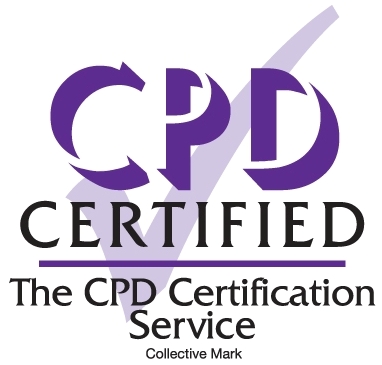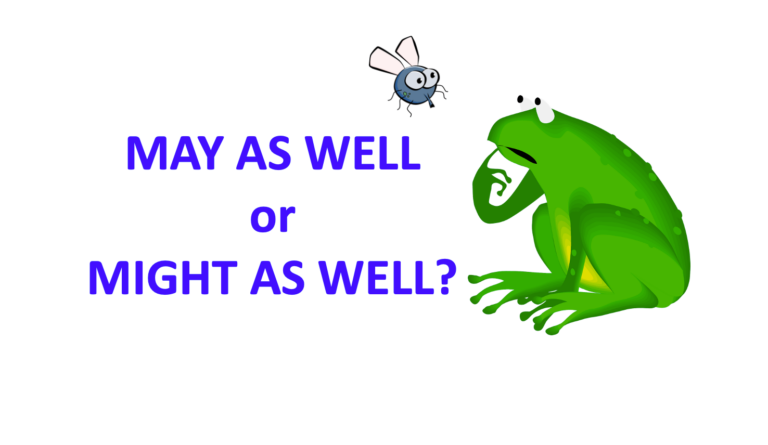Countable nouns in English, plus words for animals and their meat

.
This week, I’m going to teach you about countable nouns in the audio word study. Many of you have emailed me asking about this subject and also about how to use articles (a, an and the). It is too much for one blog, so I’ll cover it over several weeks.
.
We are also going to look at why we have different words in English for animals and the meat that comes from them. This means learning a bit about the history of the English language!
This is Audio Word Study #20 from Jane Lawson at DailyStep.com.
You can see in the pictures above that the top picture is labelled ‘a cow in a field’ and the bottom picture is labelled ‘beef on a plate’. Why do we say ‘a cow’ , but just ‘beef’, not ‘a Beef’?
The reason is that we can count cows. I can say ‘there are three cows in the field’. Cows arecountable, because we are able to count them
But we can not count beef, because it is a substance. We can count pieces of beef, or steaks of beef, or kilograms of beef, but there is no such thing as ‘a beef’. Beef is uncountable, because we are not able to count it. Understanding the difference between countable nouns and uncountable nouns is an essential part of learning English.
In this DailyStep audio word study number 20 from Dailystep.com, we are going to look at countable nouns. In the next audio word study, we will look at uncountable nouns.
Some examples of countable nouns are:
· pig, cow, horse, bird
· apple, cake, meal, potato
· man, woman, child, person
· car, bus, bicycle, train
Here are some rules about countable nouns:
.
1. Countable nouns can be singular or plural.
.
Examples:
The bird is flying. (singular)
The birds are flying. (plural)
.
The child is playing. (singular)
The children are playing. (plural. note: We do not say ‘ the childs are playing’. The plural of ‘child’ is ‘children’.)
2. For singular countable nouns, we need to use an article (a, an, or the), or a possessive adjective (my, your, his, her, its, our, their), or a demonstrative adjective (this, that). We can also use the number one.
.
Examples:
Jason is my brother. (note: we do not say ‘Jason is brother.’)
That bag is mine. (note: we do not say ‘Bag is mine.’)
The train is late. (note: we do not say ‘train is late.)
Whose is this book? (note: we do not say ‘Whose is book?’)
Can I have an apple, please? (note: we do not say ‘Can I have apple, please?)
I have one sister.
.
I will explain more about how to use articles (a, an and the) in a future audio blog.
3. For plural countable nouns, we do not need to use an article.
Examples:
He likes bananas.
Horses are beautiful animals.
.
4. We use some and any with countable nouns. We use any with questions and negative sentences. We use some with positive sentences.
.
Examples:
Have you got any tomatoes? (note: ‘Have you got…?’ and ‘Do you have…?’ mean the same thing.)
Yes, I have some tomatoes. (note: we can also say ‘Yes, I have got some tomatoes’.)
.
Do you have any oranges?
No, I do not have any oranges. (note: we can also say ‘No, I haven’t got any oranges.’)
.
5. We use many, not much, with countable nouns.
Examples:
Have you got many sisters? (note: we do not say ‘Have you got much sisters?’)
No, I have not got many sisters.
.
How many books do you have? (note: we do not say ‘How much books do you have?’)
I have very many books.
6. We use a few and few with countable nouns.
.
Remember:
Few = not many
A few = some
.
Examples:
He is unkind so he has few friends (note: this means ‘He does not have many friends’)
I bought a few kilograms of carrots at the market. (note: this means ‘I bought some kilograms of carrots’)
That is all for today! In the next audio word study, I’ll tell you about uncountable nouns.
Animals in the field and on the plate
by Jane Lawson at DailyStep.com.

Why do we say ‘cow’ for an animal in a field or on a farm, but we say ‘beef’ when we are talking about the meat from that cow, served as food? And why are these words so different? This is a question that I have been asked many times by my students in London.
As with many other aspects of English, the reason dates back to when the Normans from Northern France invaded Britain in 1066. You can learn more about this in my blog on The History of the English Language. Before 1066, the language spoken in Britain was mostly Anglo-Saxon. After the invasion, the Normans became the ruling class of England. They spoke French, and they called their food by its French names.
.
Boeuf is the old French word for a large cow. This is where we get the word beef. Veau is the French word for a calf (a baby cow). This is where the English word veal comes from. Porc is the French for pig, so we say pork in English when we are talking about meat from pigs. Moutonis the French word for sheep, so the English word for meat from an adult sheep is mutton. Today though, we mostly use the word lamb, which refers to meat from a young sheep.
So, the aristocratic Normans used words from their own language, French, to refer to the food on their table. But the locals, the Anglo-Saxons, continued to call the animals on the farms by their old names – cow, calf, pig, and sheep. In modern English, we still call the live animals by their old Anglo-Saxon names, and the meat of the animals by their French names.
However, is not always the case that the name of an animal and the name of its meat are different. For example, we say chicken, rabbit, goose, duck and turkey for both the live animal and the meat from that animal. The reason for this is that the invading Normans, nearly 1000 years ago, did not really eat these animals. I imagine that the poorer people, back in France at the time of the Norman invasion, ate rabbits, chickens and so on, but the aristocratic invaders who came to England did not. They did eat very young chickens, called poussins, and in fact we still use the same word today on British menus..
So, now you know the difference, please try not to make the same mistake that a Spanish friend of mine made when she said that she had seen ‘a field full of porks’! Of course, as the animals were still alive, she should have said ‘a field full of pigs’!
Let’s move on now to this week’s audio word study, where you will learn why we say a pig but just pork, not a pork.
If you enjoyed my Audio Blog, please share it. Thank you 🙂
How to speak English fluently and understand fast English
DailyStep English Audio Lessons are designed to help you learn to speak and understand English at the speed that we speak it.
No matter how good your English is, you need to be able to follow a fast conversation in order to participate.
DailyStep English courses are fully accredited and you can get an internationally-recognised certificate for your CV or resume.
How to use your lessons:
How to slow the audio:
How to Start Daily Audio Lessons
✔ Daily Audio Lessons + Premium Audio in my Blog Library
✔ Your lessons never expire – you can take them again any time
✔ Change your level any time
✔ 100% happy or your money back!




